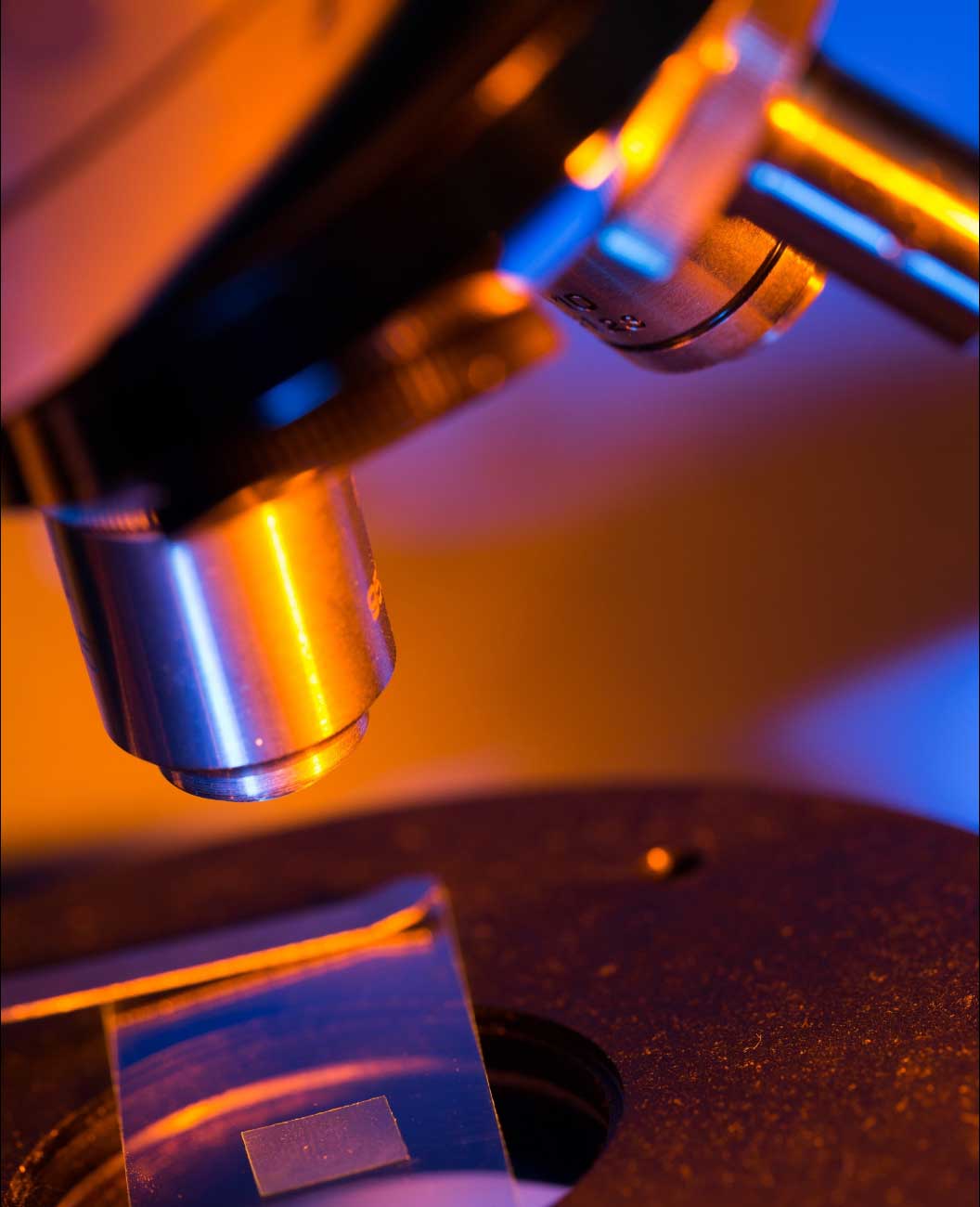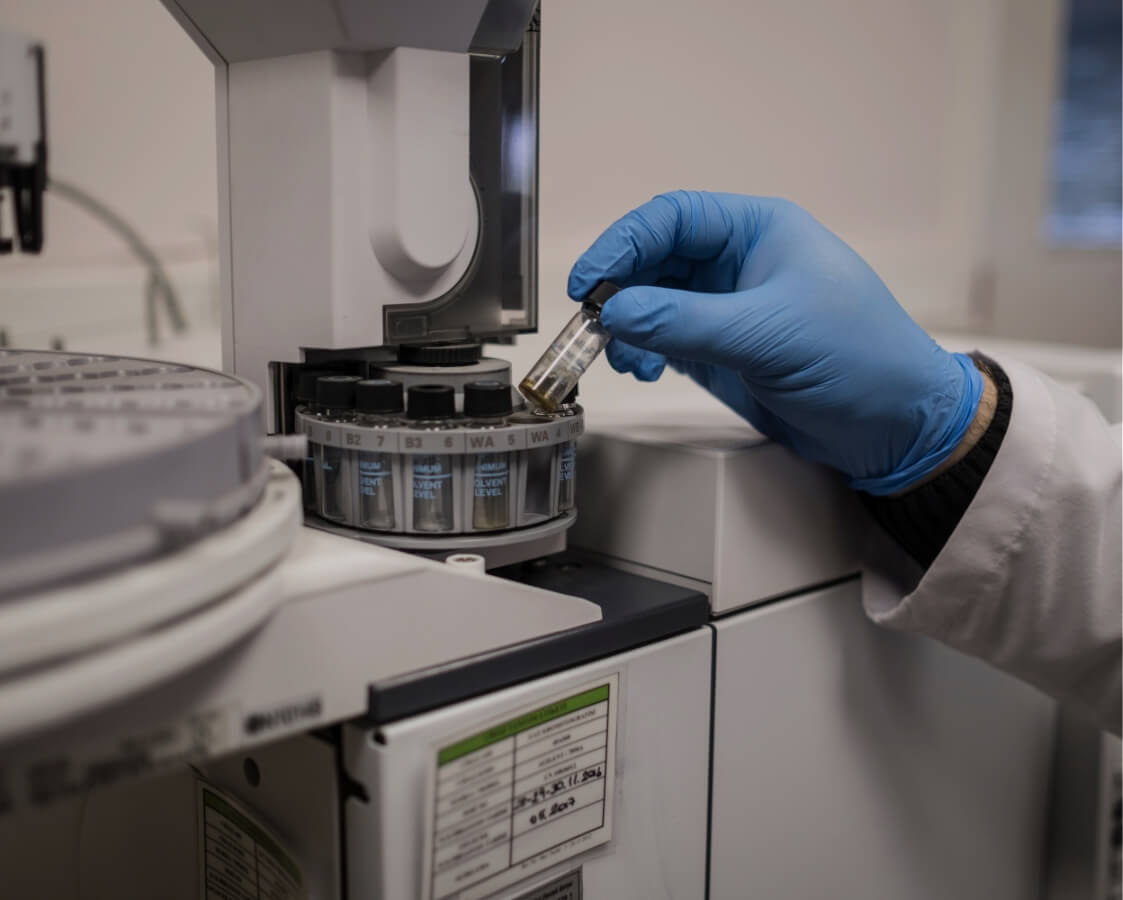The only way to tell whether building material within your house or commercial building contains asbestos is to undertake testing by an accredited laboratory to the Australian Standard AS 4964. The material testing is also commonly referred to as Bulk Fibre Identification.
Testing is conducted using two types a stereo microscope to identify fibres and then a Polarising Light Microscope (PLM). The testing confirms that the fibres are composed of structured crystal lattice that exhibits a refractive index within a specified range.
The reported results will identify whether the material may contain Chrysotile, Amosite or Crocidolite, or whether the testing does not detect any Asbestos Containing Material (ACM).
Please ensure that the asbestos testing laboratory is accredited by NATA (National Association of Testing Authorities). Most state and commonwealth legislation specifies that the report be NATA endorsed. This ensures that the laboratory is the highest quality and that the report can be relied upon.



Air testing can be conducted which measures the concentration of fibres within the air. This testing is conducted to determine any exposure and also assesses whether control measures are effective during removal work.
The air testing uses pumps which draw air through filter and the filter is then viewed under a Phase Contrast Microscope (PCM). The test protocol requires that only fibres that are greater than five microns long and less than three microns thick are assessed.
Reliable Asbestos Testing by the Trusted Specialists
Be absolutely assured. Safe Environments is NATA accredited for asbestos Inspections and preparing asbestos management plans.








